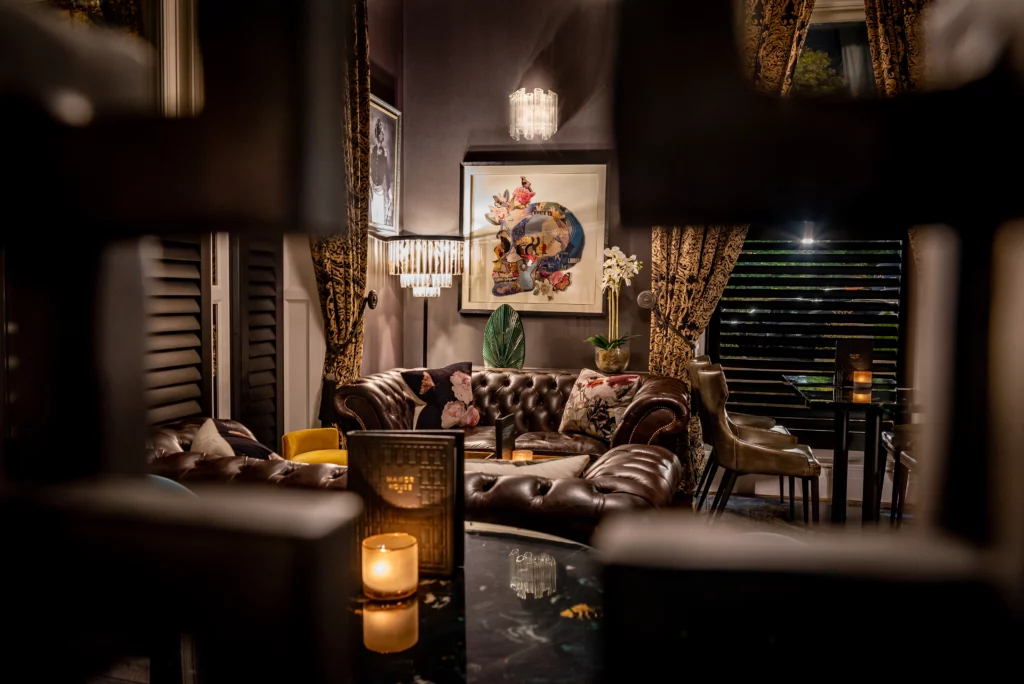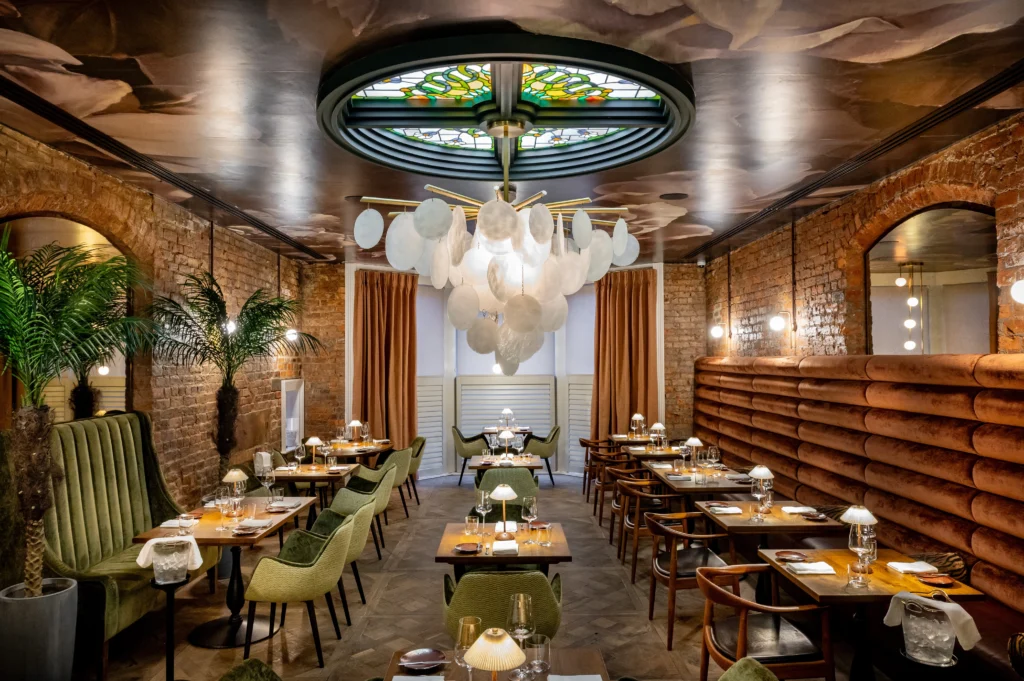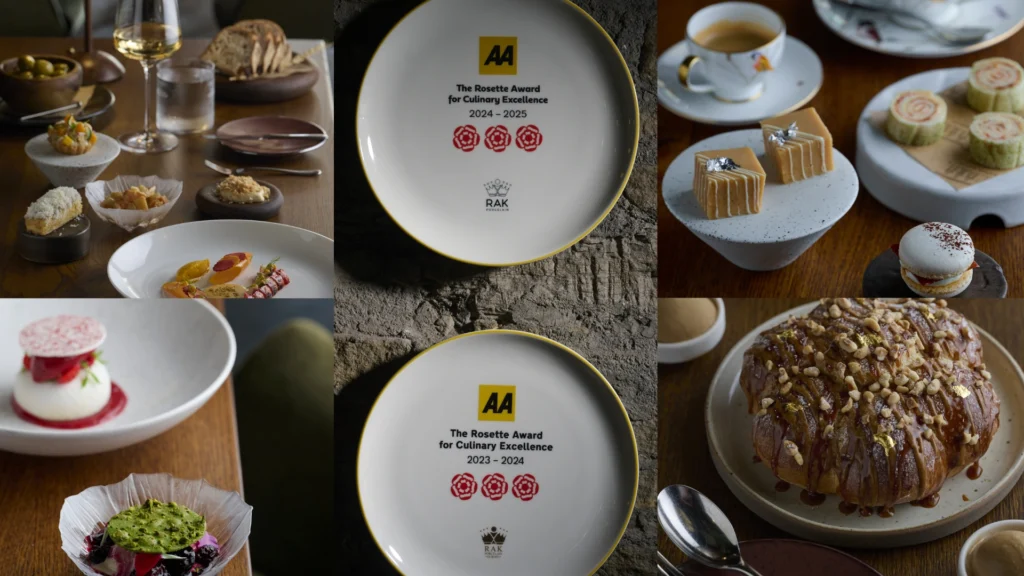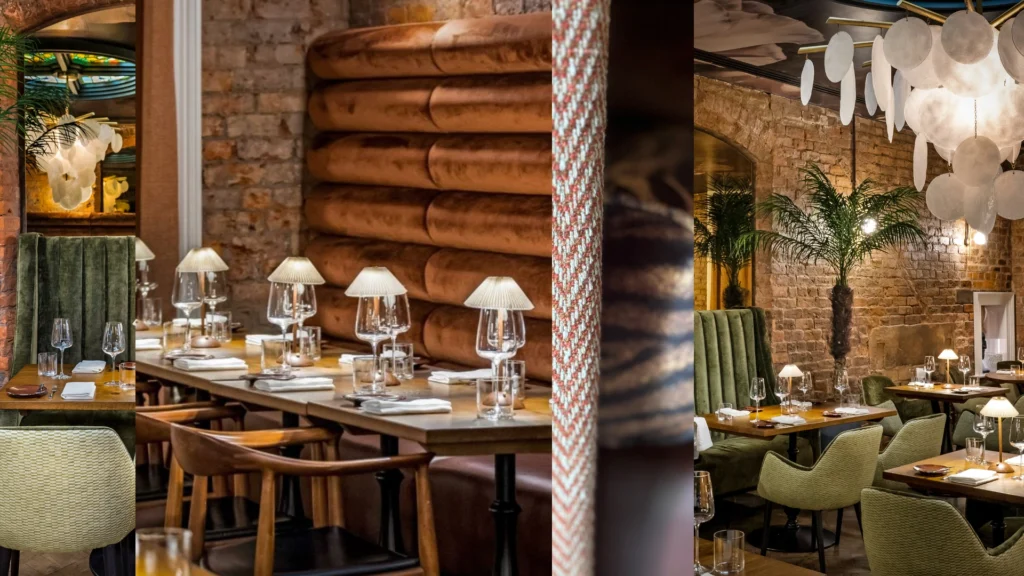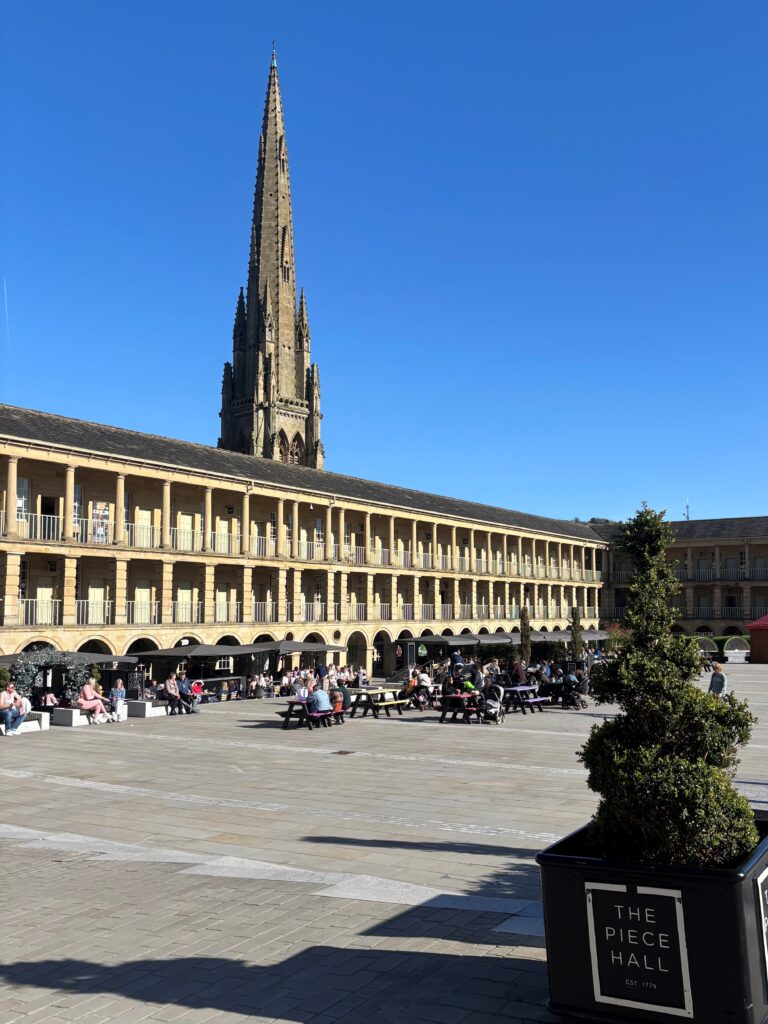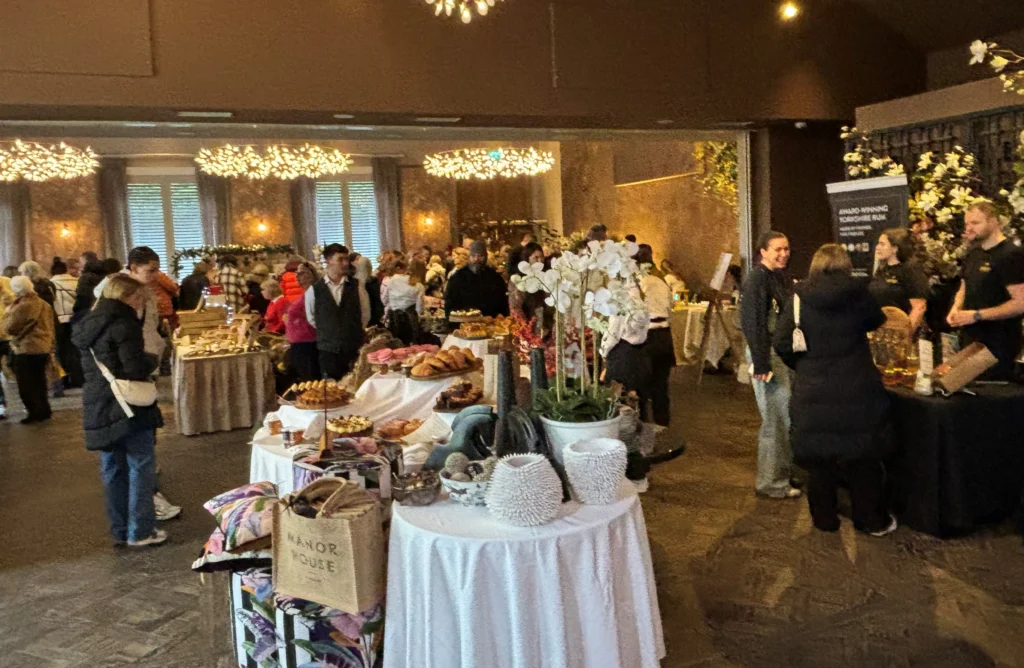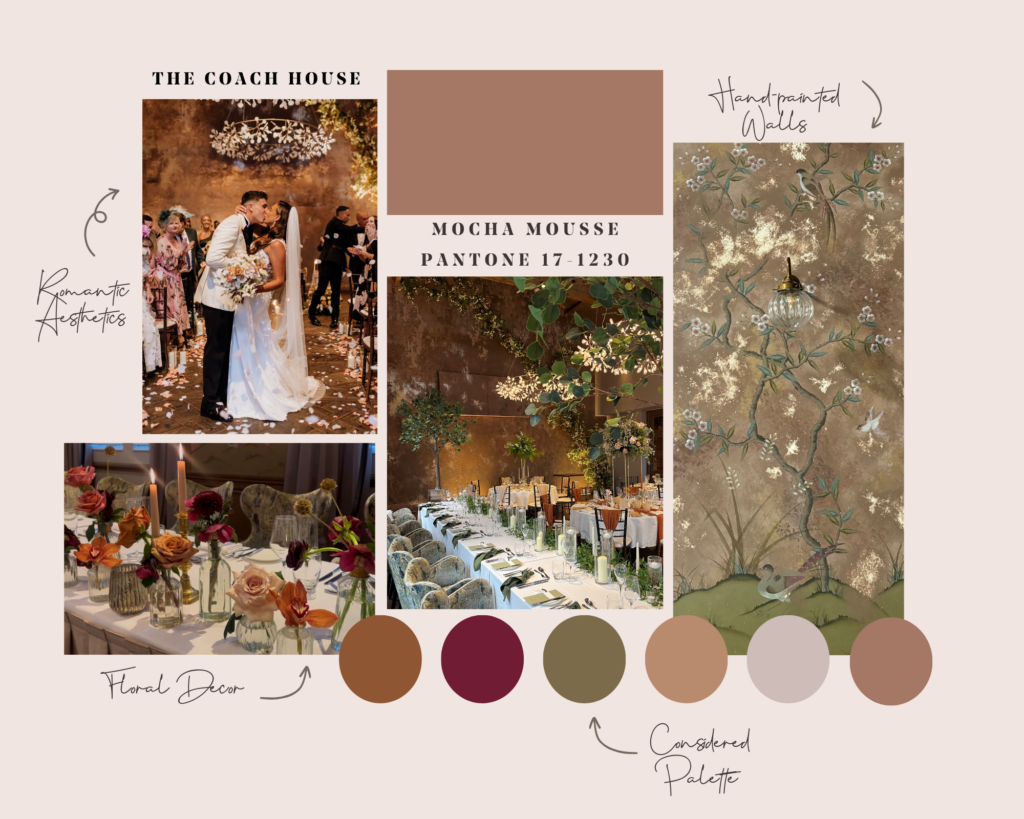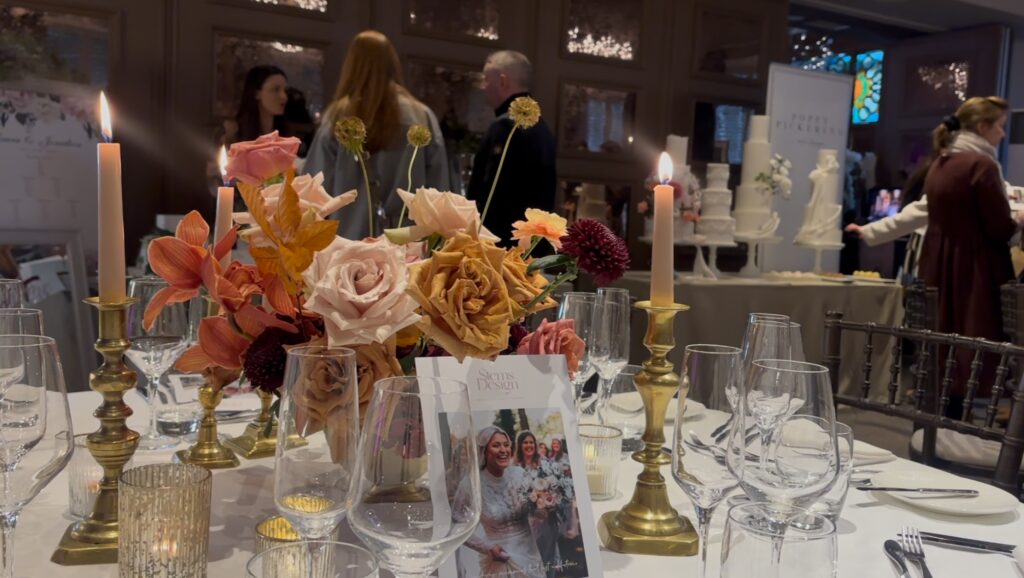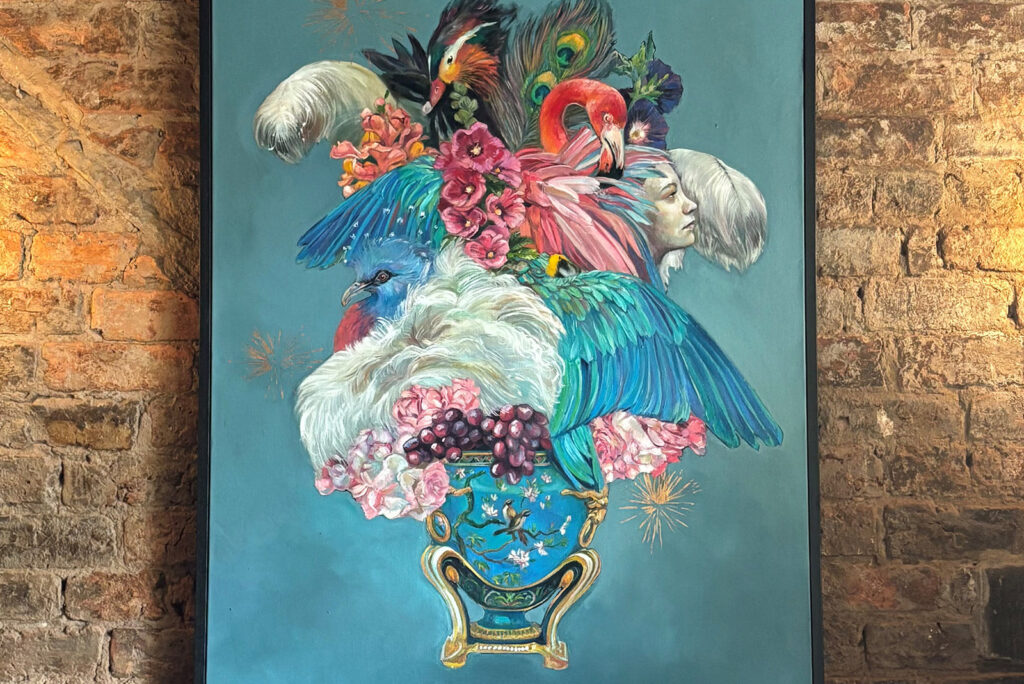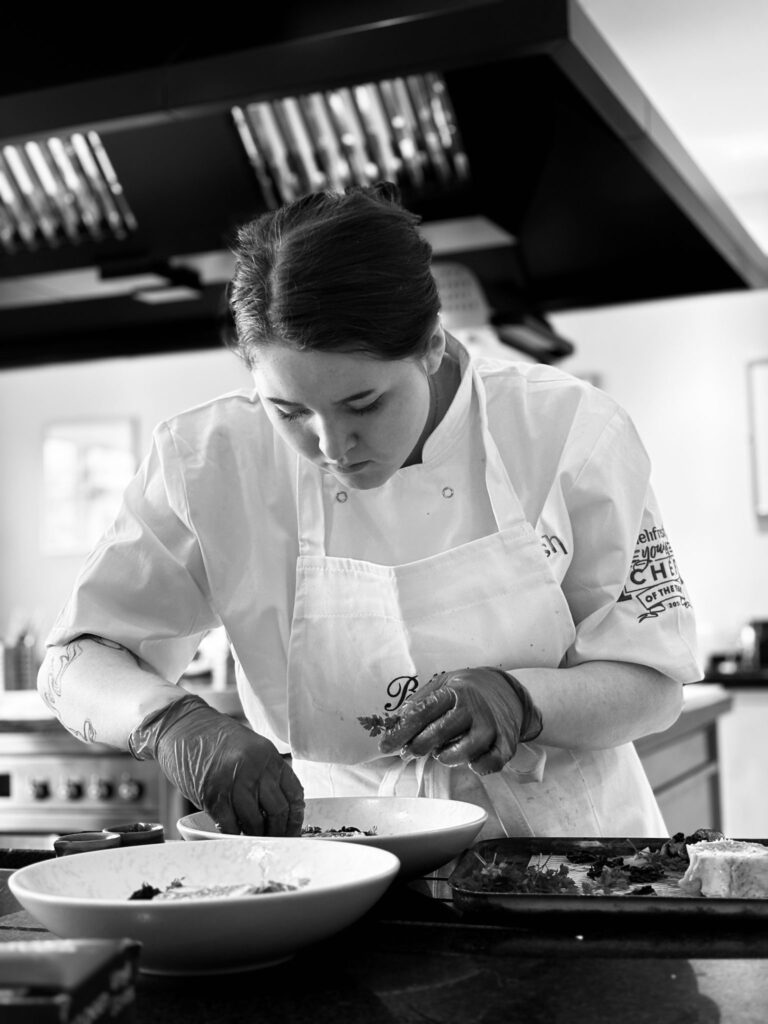A decade or two after Number One Lidget Street was complete, Sykes commissioned architect, Edgar Wood, to design the nearby Clock Tower, an imposing landmark that provided a practical use too, ensuring his workers arrived at the mill promptly each day.
Completed in 1902, Lindley Clock Tower is one of Edgar Wood’s most important works and his final commission for James Nield Sykes, offering a wealth of architectural interest.
The tower is built in local stone with two feet thick walls and, stands 83 feet tall with an octagonal copper roof pagoda by T Stirling Lee Ashlar, with sculptures around the tower depicting ‘time’ and the eternal virtues of truth, love, purity and justice. Gargoyles at each of the four corners of the eaves are ‘The beasts falling from the Towers of time’ and represent lazy, vicious, cunning and greedy dogs. The architecture was as an art form to Wood. He designed, detailed and supervised all aspects, including stained glass, furnishings, sculpture and metalwork. Paying homage to the local landmark, The Clock Tower Bar is a great spot to take in views of the tower whilst enjoying afternoon tea.
Who Was Edgar Wood?
In this era, British design was of European significance. Wood’s work is mostly domestic, along with churches and small commercial buildings, found mainly across Yorkshire and Lancashire.
He worked independently, usually with just one assistant, where he had full autonomy on every project. He founded the Northern Art Workers’ Guild in 1896 and become the president of the Manchester Society of Architects during 1911-12. Preserving iconic architecture was important to Woods, and as such he played a significant part in saving Francis Goodwin’s colonnade of Manchester’s first town hall which was demolished in 1911. One of his most revered works is the Edgar Wood Centre in Fallowfield, Manchester. Built-in 1899 and designed by the Wood for the Christian Scientists’ first church in Britain. Sir Nikolaus Bernhard Leon Pevsner, the German-British art historian and architectural historian described the church as “one of the most original buildings of that time in England, or indeed anywhere.” It was designed by Edgar Wood in Expressionist style with Art Nouveau details.
